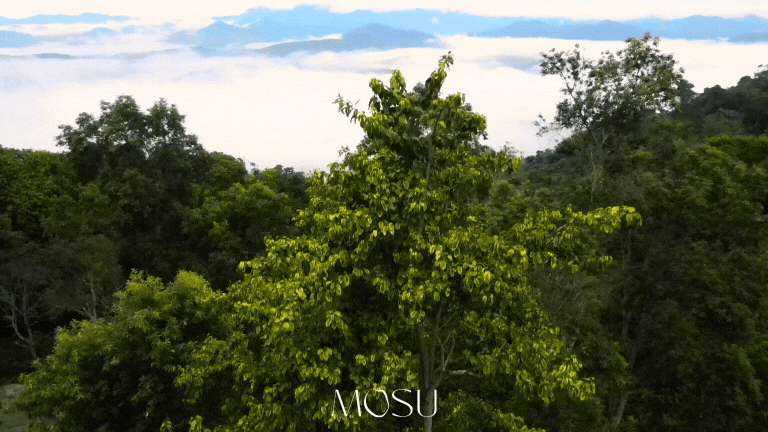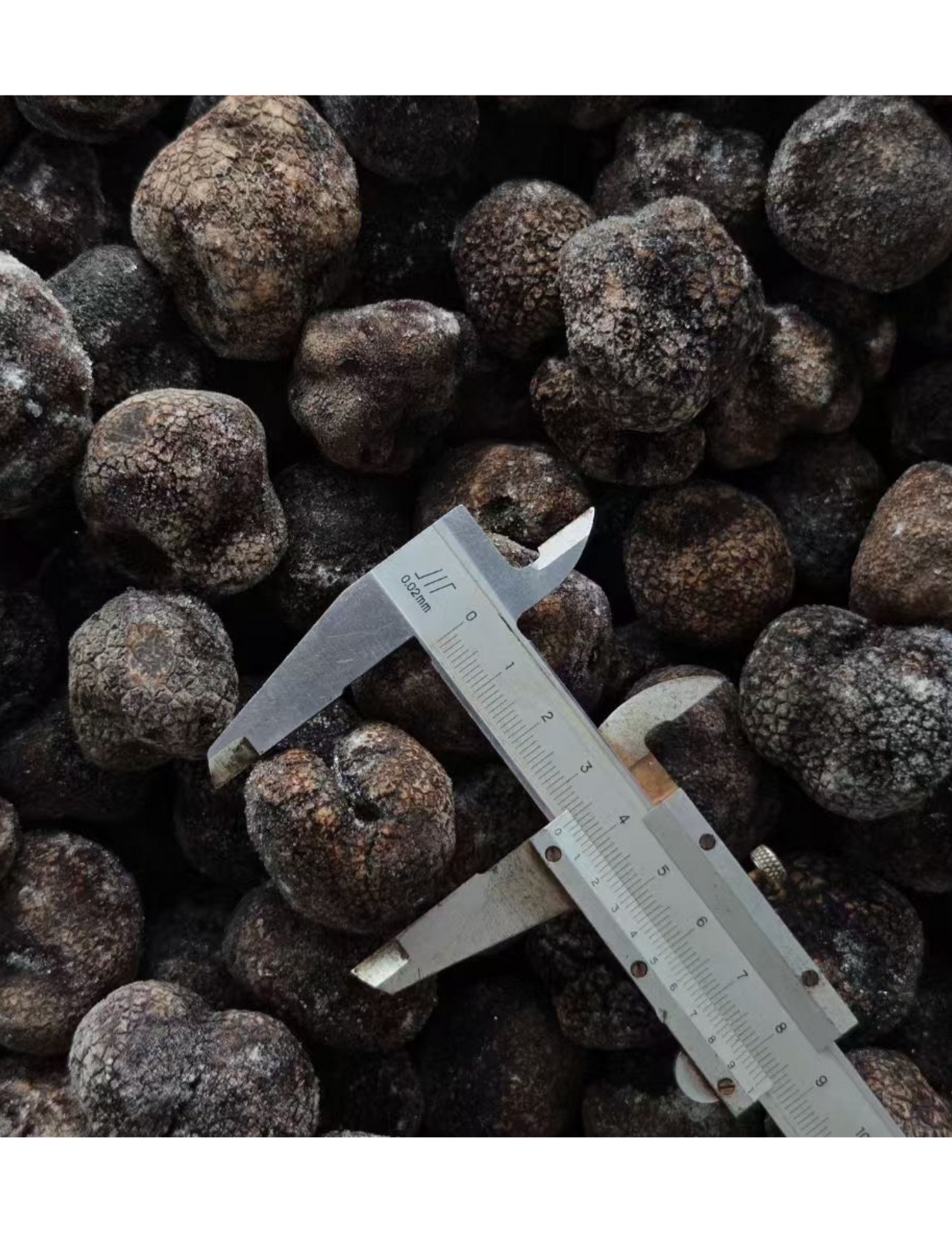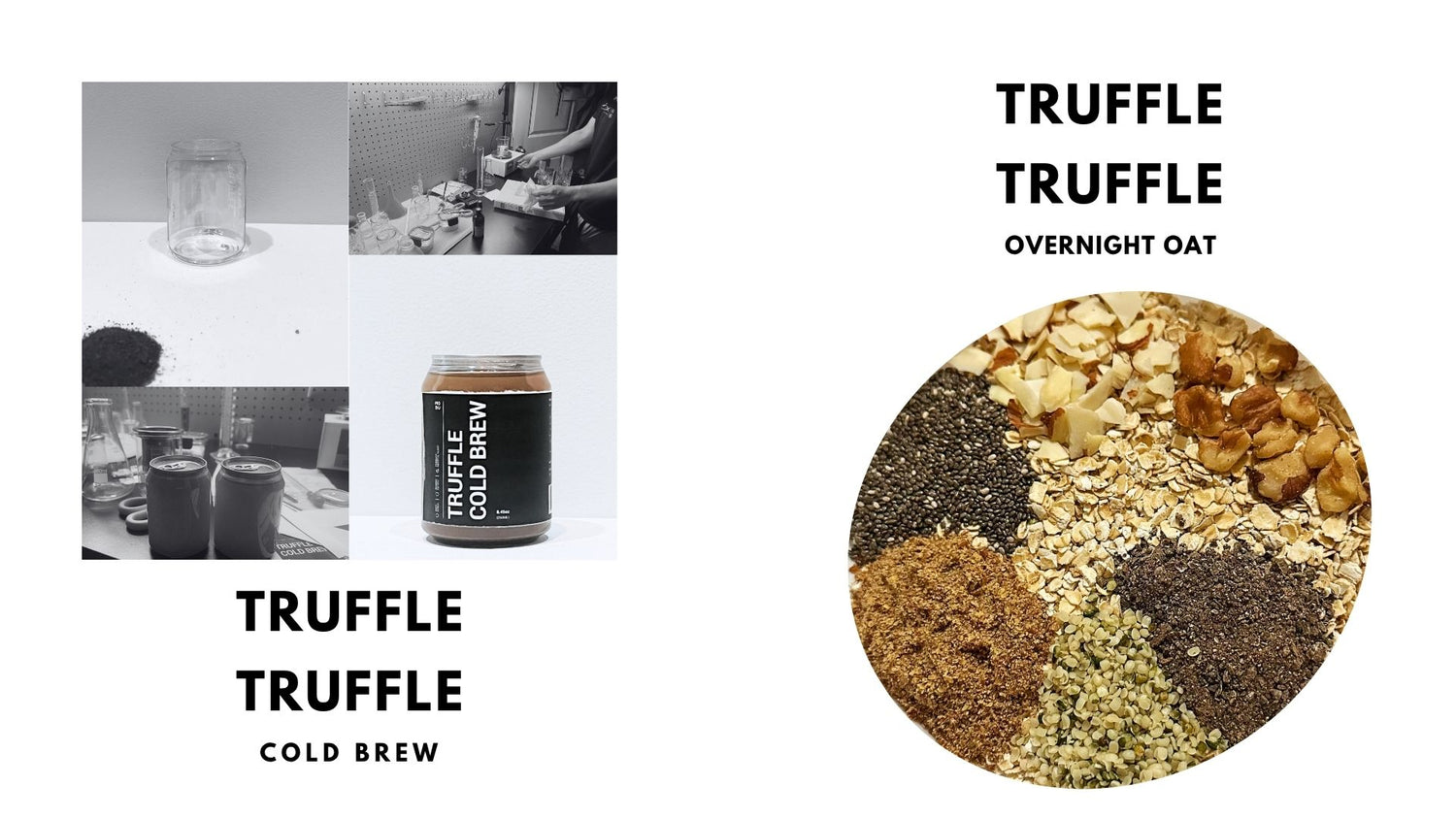
NURTURED BY EARTH
Journey through time and taste with truffles! Theophrasta, the Greek botanist, described them as "rootless plants produced by the storms of autumn." Pliny the Elder marveled at them as "the cocoon of the earth and the miracle of nature." Ancient Greeks and Romans cherished their aphrodisiac allure. Even Lord Byron drew inspiration from these treasures. Explore the culinary wonders of France, where truffles, foie gras, and caviar reign supreme. Delight in the timeless charm of truffles today!
Truffles, the Children of the Earth, embody the captivating power and natural splendor of our world. Their extraordinary form and growth are a testament to the harmonious interplay of essential elements soil, air, water, and sunlight within a specific natural habitat. It is this unique combination that bestows upon them their rarity and coveted status as a truly exceptional ingredient.

YUNNAN, CHINA
Yunnan, in southwest China, the unique region is one of the most biodiverse areas in the world, combining tropical, subtropical, and temperate zones. Known as the “Kingdom of wild fungi,” it has over 250 species of edible fungi thanks to its high-altitude forests, clean environment, and rich soil.
Today, Yunnan yields around 70% of the world’s black truffles. Its forests sit between 2,000–3,000 meters above sea level, with a mild yearly temperature of 8–19°C, annual rainfall of 800–1,200 mm, and alkaline, well-drained soil. These conditions—paired with native oak, hazel, and pine trees—are not only ideal but often more consistent and stable than traditional truffle regions like France, where increasing droughts and climate shifts have reduced yields. Yunnan’s predictable wet summers and long dry winters perfectly match the truffle life cycle, leading to steady production and high quality.

START FROM WASTE
Here’s a fact you might not know—black truffles aren’t as rare as you think. Every year, countless truffles go to waste in YUNNAN because they are difficult to preserve and transport.
Black truffles are extremely delicate. Once harvested, they start losing moisture, aroma, and flavor within a few days. Truffles also continue to break down after harvest, making them highly perishable. Even under refrigeration, fresh truffles only stay at peak quality for about 10 to 14 days. In Yunnan, due to limited storage solutions and low local demand, large amounts of black truffles are wasted or even used as pig feed every year.
Based on our analysis, among good, mature-quality truffles that go to waste, 89% cannot be sold due to imperfect appearance or size, 63% because of poor preservation options, and 38% due to inefficient transportation that causes them to perish. These challenges make it costly to bring it to market in its best condition.

RACE AGAINST TIME
Rescue the truffles in three days
After harvesting, truffles are carefully sorted by size (2–3 cm, 15–25 grams) and quickly transported to our facility. There, they go through a second quality check to ensure consistency.
Next, we gently and fast clean the truffles with soft brushes and purified water, keeping their delicate structure and rich aroma intact. They’re then thinly sliced and preserved using freeze-drying and our proprietary MOSU technique—locking in their full flavor, nutrients, and fragrance.
Finally, the truffles are finely ground into powder, capturing the essence of fresh black truffles in a shelf-stable.

